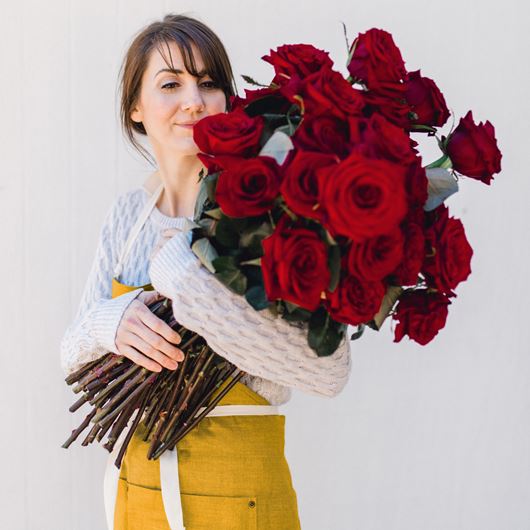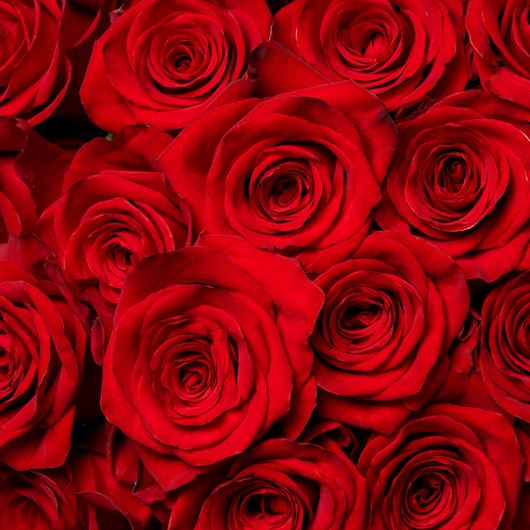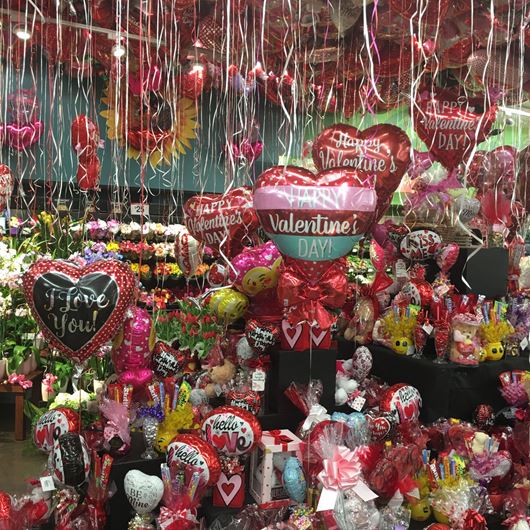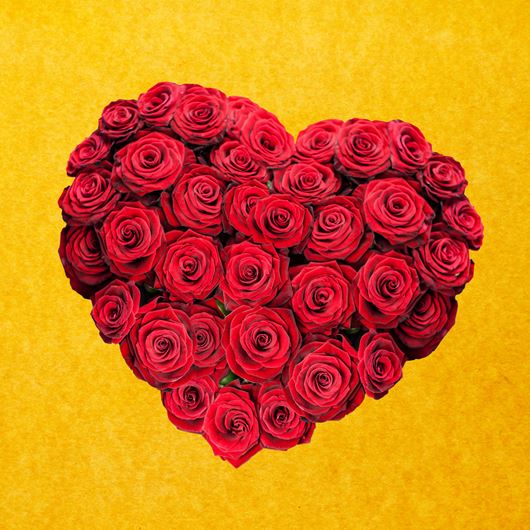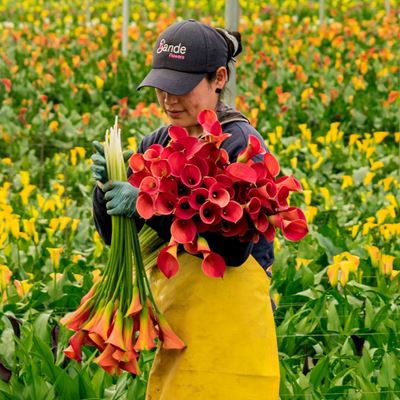As we continue to maneuver through a post-COVID world with new perspectives, many are balancing a future that embraces all things digital while rekindling relationships with the great outdoors. Helping to bridge the cyber age with a return to nature is Viva Magenta, Pantone's 2023 Color of the Year.
With Predictions Down for Valentine’s Day Spending, Shifting Categories May Mean It’s Still Coming up Roses
Statistically speaking, Valentine’s Day is the most popular occasion for flower expenditures in the U.S., accounting for about one-third of all transactions for retail florist shops each year.1 For 2021, this means it will cost flower-minded lovers an estimated $2 billion (yes, with a B).
Among other conventional “gift” groups, the archetypal Valentine’s Day gift categories include candy, greeting cards, jewelry, clothing, gift cards and restaurant dining. Typically, and to little surprise, candy dominates the Valentine’s Day spending charts—representing just over half of the total gift purchases made among men and women since 2015. Next in line are greeting cards and flowers, which represent about 44% and 36% (respectively) of the gift-purchasing pie for the holiday this year. (Yes, those percentages add up to more than 100, but are you really expecting only one gift for Valentine's Day?!)
In terms of floral gifts, the sheer quantity of flowers moved in the weeks leading up to February 14th deserves special mention. On average, over 250 million cut roses are produced annually for the holiday; and of these stems, roughly 110 million are sold in the U.S.—with men making up a majority of the buyers.2
While 2021 projections for Valentine’s Day spending in the U.S. have taken a conspicuous dip (due to COVID-19), there is much optimism surrounding the upcoming holiday’s gifting forecasts. Some traditional plans—like an evening out—may be on hold given social distancing regulations, but it seems as though consumers remain committed to honoring Valentine’s Day in some form, even if their purchases are now shifting categories.
And with modern love's price tag, there’s no doubting the holiday’s immense impact on the U.S. economy. The collective value of gift purchases by consumers has grown steadily over the past decade. To put things in perspective, total spending on gifts in 2010 was estimated at $14.1 billion.3 In 2020, this number was valued at a whopping $27.4 billion.
Now for the crystal ball:
According to the National Retail Federation’s 2021 Valentine’s Day Spending Survey, over half of the survey participants will observe Valentine’s Day this year—and are expected to spend roughly $21.8 billion in gifts. Albeit an impressive number, this total represents a 20% drop from 2020’s record-breaking spend at around $27.4 billion. The average consumer is also expected to spend $164.76 on gifts in 2021, a $32 drop from 2020’s average spend of $196.31.
For projected flower purchases in 2021—florists can rejoice. Consumers are expected to spend a total of $2.0 billion on flowers this year. This is down only slightly from $2.3 billion in 2020, as flowers offer an affordable, yet contact-free, gift option. And with average floral spend projected at $15.42 (down from $16.49 in 2020) per person, there’s plenty of room for continued growth.
SOURCES
All 2021 spending estimates were referenced from NRF's 2021 Valentine's Day Spending Survey, conducted by Prosper Insights & Analytics.
1Sundale Research. (2021, February). Market Research Reports: Industry Research Reports. Retrieved February 02, 2021, from http://sundaleresearch.com/retailers/state-of-the-industry-florists-in-the-u-s/.
2Society of American Florists. “Valentine's Day Statistics on Flower Buying and Giving.” About Flowers, safnow.org/aboutflowers/holidays-occasions/valentines-day/valentines-day-floral-statistics/.
3National Retail Federation. “Valentine's Day Data Center.” NRF, Jan. 2021, nrf.com/insights/holiday-and-seasonal-trends/valentines-day/valentines-day-data-center.
